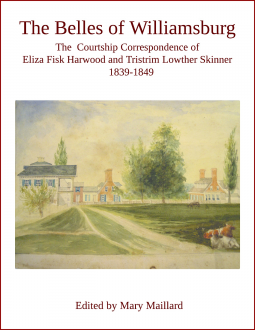Experiencing Rome:
A Visual Exploration of Antiquity's Greatest Empire by Professor Steven L. Tuck, Ph.D. DVD & Paperback book 36 lectures 30 minutes per lecture Publisher: The Great Courses |
Source: Bought through the publisher catalog. (The DVD format can drop under $100 when on sale.)
DVD Description, Modified from Website:
Rome spanned three continents, ruled over millions of people, lasted more than a thousand years, and left an enduring legacy. Yet, in an empire in which perhaps only one person in ten was literate, how was Rome able to so successfully communicate its civic and cultural values or project a knowledge of Roman power to every corner of the realm?
In Experiencing Rome, Professor Steven L. Tuck offers a unique way to understand the relationships that connected Rome, its citizens, and its subjects, and to see the visual and experiential ways in which Rome made and kept those relationships clear. By learning how Rome communicated in so many visually symbolic ways, you also gain insight into how similar tools are still used today.
Featuring more than 1,000 visuals, Experiencing Rome draws on computer animations of Roman villas, actual artifacts, and maps, along with photography of Rome's statuary, mosaics, sculptural reliefs, buildings, public spaces, and monuments. Many of those photographs were taken by Professor Tuck on the numerous study trips he has led to Italy and England. His discussions of the details behind many of the photos add immensely to their impact. Similarly, his exceptionally well-rounded background in history, classics, classical art, archaeology, and even epigraphy—the study of ancient inscriptions—adds an extra dimension of richness to every discussion.
My Review:
Experiencing Rome is a set of DVD lectures on Roman values and social structures as understood through the architecture, art, and written records that have been left behind. The DVD set also came with a course book that summarized and covered the highlights of each lecture. The professor clearly conveyed the information and covered a lot of information without leaving me feeling overwhelmed.
This course is about the culture, not a history of politics and wars. Each lecture was focused around a structure, like houses, temples, forums, theaters, amphitheaters, baths, or harbors. He takes you through a triumphal procession or a gladiatorial combat or a day at the races while explaining the cultural significance of the statues you saw while entering, where you'd sit, etc. If you're interested in Roman culture and how they were so successful at spreading that culture, then you'll probably enjoy these lectures.
The professor used a good number of photographs, short videos, reconstructive drawings, and animations to help illustrate his points. He did a good job of explaining how he came to various conclusions. I'd highly recommend this DVD lecture series.
If you've seen this lecture series, what do you think about it? I'd be honored if you wrote your own opinion in the comments.






